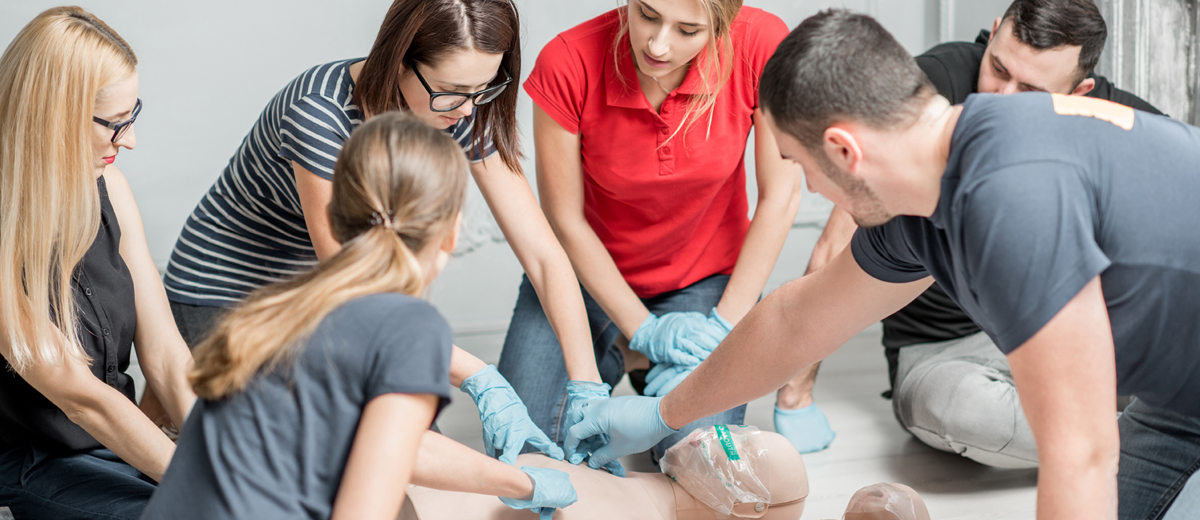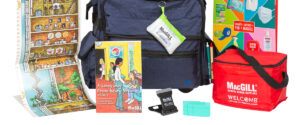On January 13, 2020, 14-year-old Live Oak High School student Annalese Contreras collapsed at her desk. When school nurse Kathy Papa arrived on the scene, Annalese was not breathing and did not have a pulse. Ms. Papa called 911, started CPR, and used a portable defibrillator (AED) while they waited for the paramedics to arrive. Because of Ms. Papa’s training and quick thinking, Annalese’s life was saved.
When Ms. Papa received a Heartsaver Hero award from the American Heart Association, she took the opportunity to plead people to get life-saving CPR and first aid training:
“I want the public to be aware that anyone can save a life, and it just takes a day of training or even just a few hours so that you know what to do in case of an emergency. And,” she said, holding up a portable AED, “this awesome device saves lives.”
Does your school offer CPR and first aid training to staff
While not all school nurses are responsible for providing CPR and first aid training, communicating the importance of training and directing training staff to the best training tools can help you make a life-saving impact on your school community.
Why Staff Training Matters
It was fortunate that Kathy Papa was at Live Oak High School on the day that Annalese Contreras suffered cardiac arrest. Ms. Papa splits her days among five area schools and could have easily been at a different school when Annalese needed someone with CPR training.
Having school staff trained in CPR and first aid increases the chances that students and staff in a crisis can get the help they need even when the school nurse is not available. In fact, thirty-eight states and Washington, D.C. have passed laws or adopted curriculum requiring CPR training for students to graduate.
According to Dr. Ben Bobrow, Medical Director of Phoenix’s Bureau of EMS and Trauma System, “Communities with the highest cardiac arrest survival rates also have the highest (bystander) CPR rates.”
First aid training, like learning how to manage uncontrolled bleeding, can be just as important as CPR training. For example, staff trained in first aid can use their skills, and products that stop bleeding, to stave off bleeding until help arrives.
Benefits of Hands-On Training
Hands-on training and practice using manikins or AED trainers are proven ways for people to effectively learn CPR and administer life-saving assistance.
Benefits of hands-on training include:
- Improved retention
- Better engagement during training
- Practice with the same tools that are used in a real-life crisis
- Increased likelihood of correctly providing first aid skills (including extrication, positioning, and control of hemorrhage)
Kathy Papa’s training saved the life of a young student, and the story has the potential to save many more lives by motivating administration to provide life-saving training to students and staff. You can help her with her mission to save more lives with CPR and first aid training by encouraging your administration to provide training and by sharing ways to access the best training tools.
For another story about How First Aid Training Saved a Life in An Unexpected Way, check out school nurse Marilyn Brison’s story.
Shop CPR training manikins here, CPR & Choking education here and bleed control products here.





